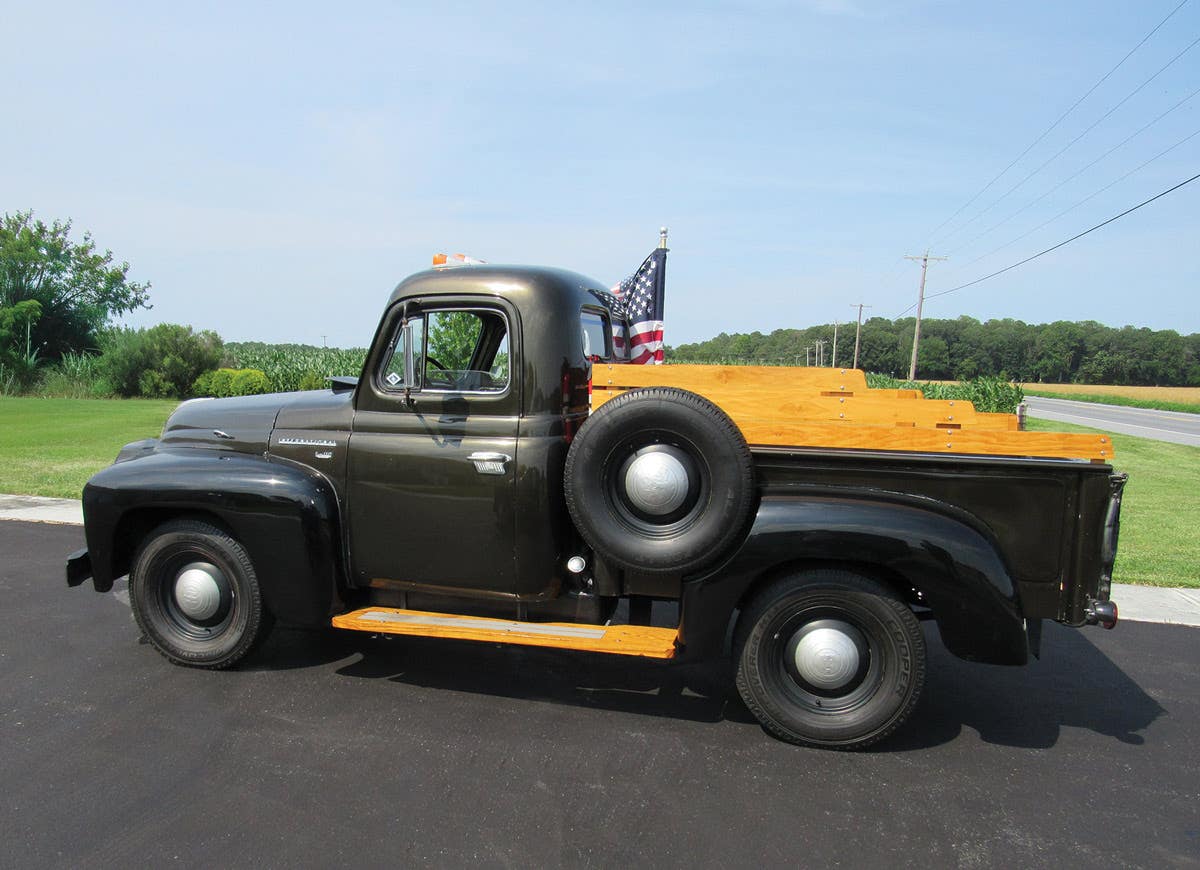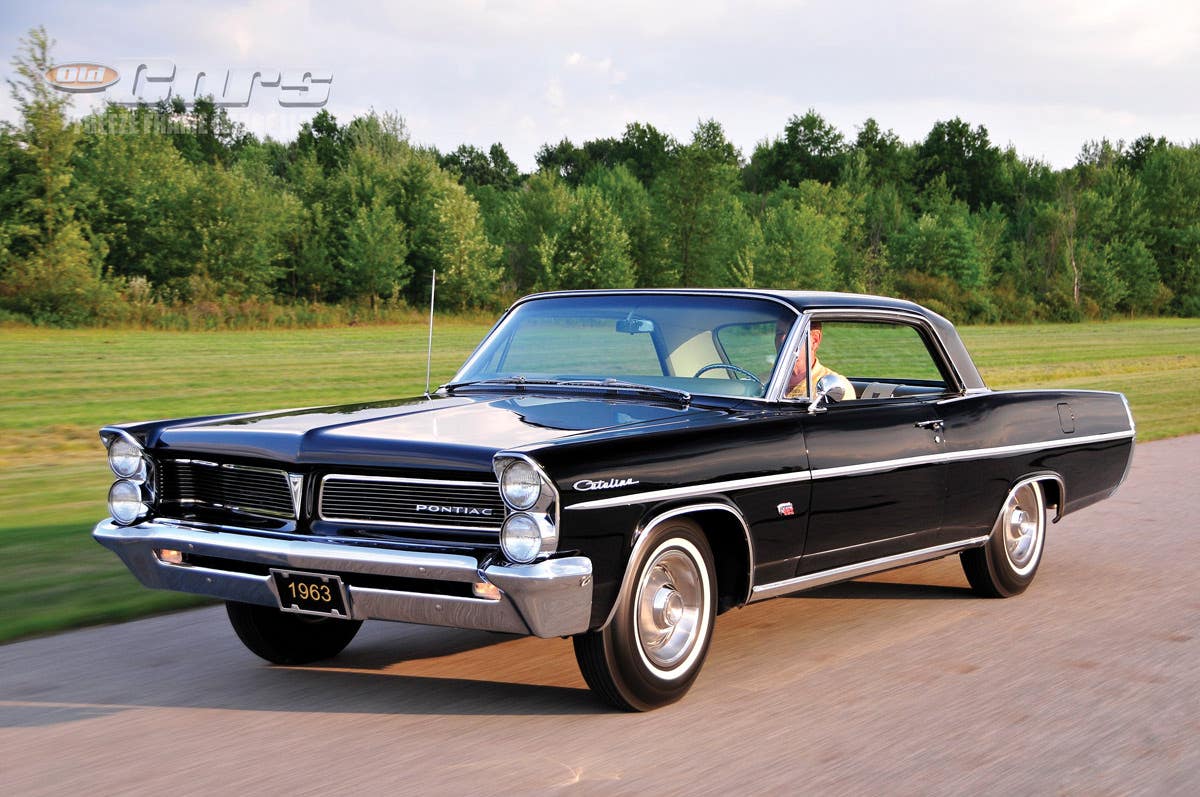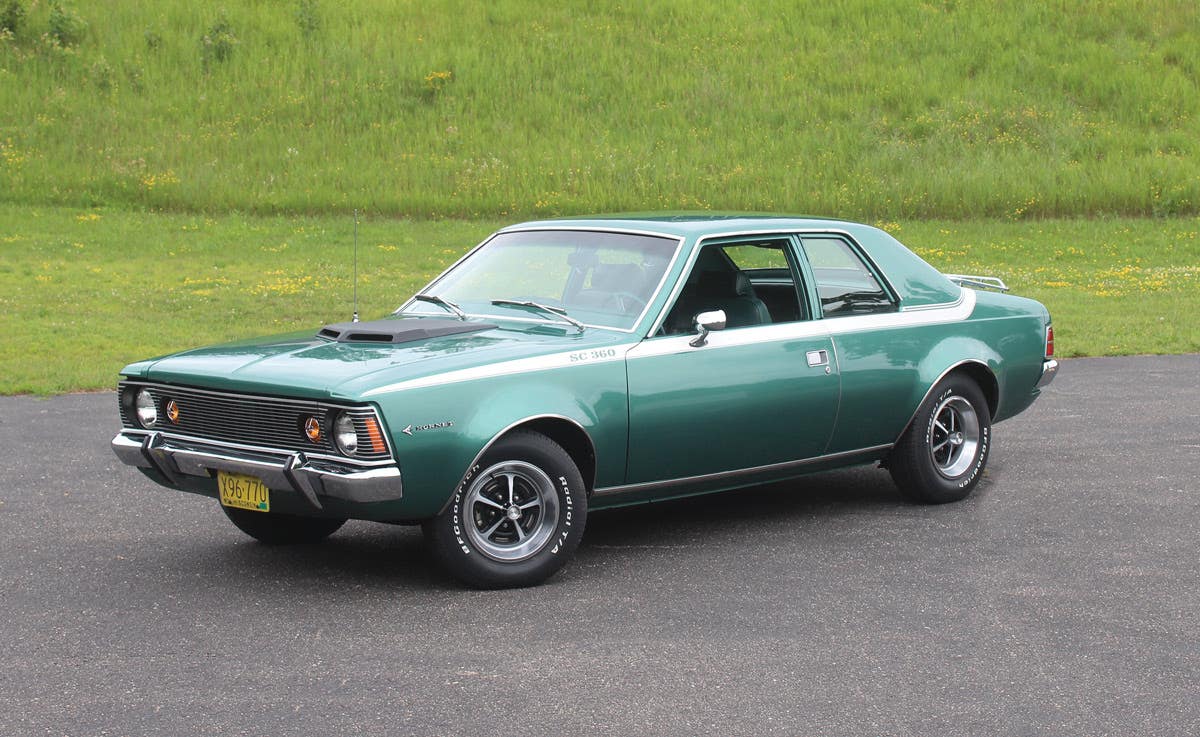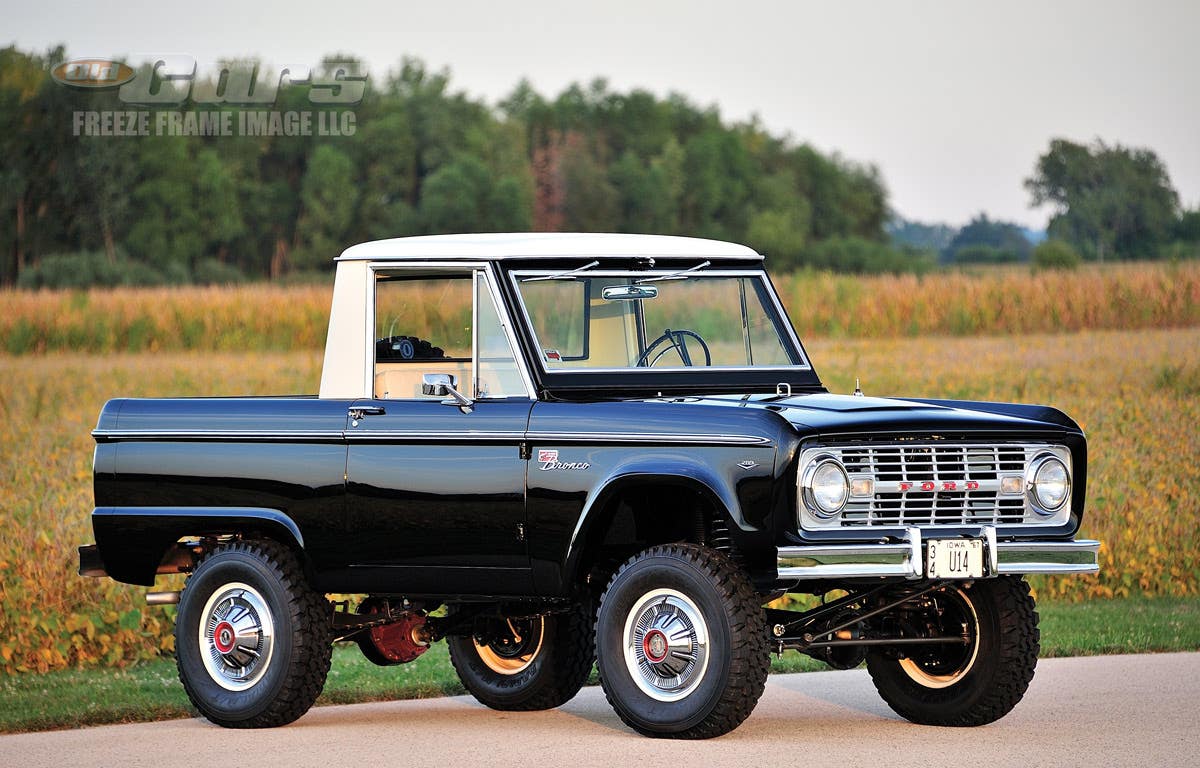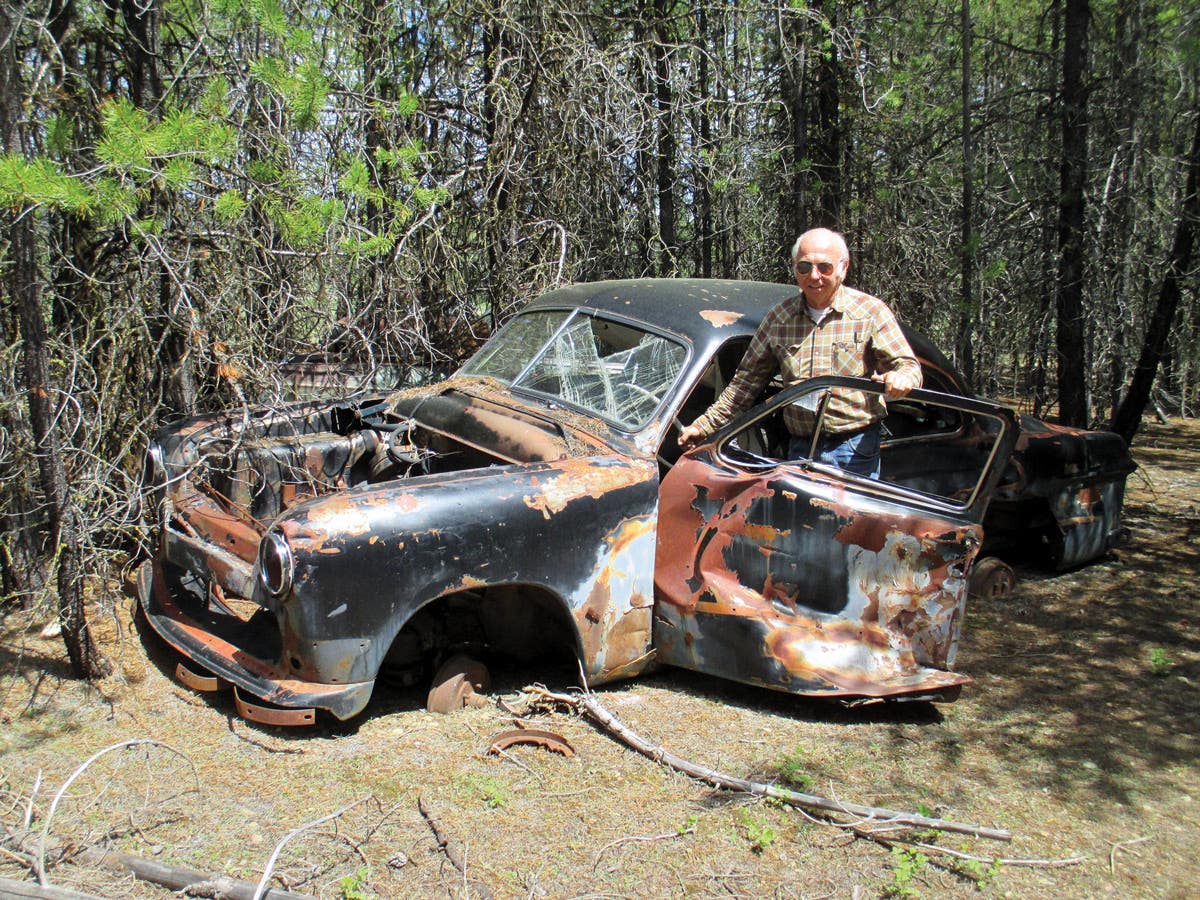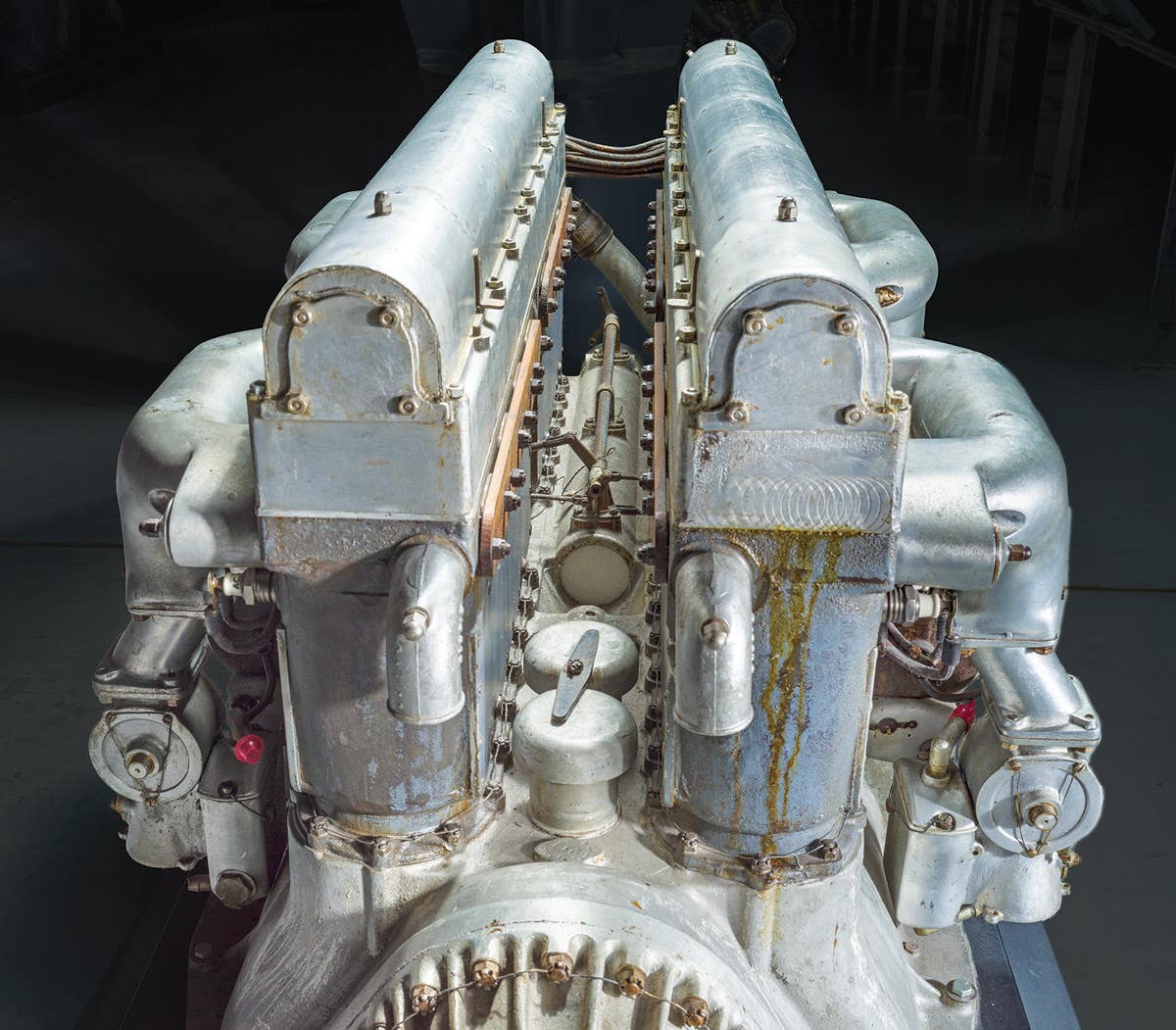Car of the Week: 1968 Plymouth Roadrunner
According to Plymouth paint chips, the 1968 Road Runner came in Medium Blue, Mist Blue, Midnight Blue, Electric Blue and Frost Blue. But this is the history — or should we say “mystery” — of the Petty Blue version that was most likely only produced for a very short time.
Story by John Gunnell
photos by Al Rogers
According to Plymouth paint chips, the 1968 Road Runner came in Medium Blue, Mist Blue, Midnight Blue, Electric Blue and Frost Blue. But this is the history — or should we say “mystery” — of the Petty Blue version that was most likely only produced for a very short time.
An advertisement headlined “The Missing Link” shows Richard Petty’s No. 43 stock car with a regular ’68 Road Runner in matching Petty Blue paint. The ad copy describes the Road Runner as the missing link between the street stock car that you could buy, and Richard Petty’s Spartan Grand National NASCAR stock car that you couldn’t buy.
“Obviously there was a need for a car that combined some of the creature comforts of the street stock with the integrity of the Grand National type,” said the Plymouth ad men. “So, we created the missing link. It’s called the Road Runner and you’d better believe it’s one hairy-idling, stiffly-sprung, squat-sitting, wide-tired, de-chromed automobile.”
MoPar ads said that the Road Runner was the “Private Property of the Young and Aware.” Although it was plain outside and inside, the Road Runner packaged a lot of high-performance goodies at a bargain basement price as low as $2,870. Standard features included GTX-type hood scoops, dual exhaust, a heavy-duty suspension, Red Streak wide boot tires, four on the floor, a special 383-cid performance V-8 with 335 hp, some chrome goodies, a black crinkle-finish air cleaner, Road Runner nameplate, frameless front door glass, dual “Beep Beep” horns and, on the base coupe model, tip-out rear windows.
The “Missing Link” ad says nothing about a production Petty Blue version of the pictured Road Runner, but MoPar experts say that some were made. However, details are lacking. One man selling such a car claimed 75 were made. Other MoPar fanatics say the number was 10 and that all of them went to Petty Enterprises. Others in the know say that the cars were definitely sold to the public and that production could have been anywhere between three and 100. Another enthusiast on the Internet says he knows of five surviving Petty Blue cars, four of which were made in St. Louis and one in Los Angeles.
There are PPG paint chip pages showing the Petty Blue color at the bottom and identifying it as No. 12785 Corporate Blue. On Plymouths, the Body Number Plate on the fender tag under the hood is stamped with various codes, including a paint code. The paint code furnishes the key to the paint used on the car. On a MoPar of this era, a three-character code indicates the top and bottom colors, respectively. A 999 code was used on cars with any type of non-standard paint job.
For the record, a Petty Blue coupe in very rough condition with Vehicle Identification Number RM421H8G174585 was sold for $14,500 in an eBay auction on July 1, 2012. It had the 383-cid 335-hp V-8, manual transmission and black interior. The car came with its factory Broadcast Sheet, but the Chrysler Corp. fender tag had rusted away. This seller stated that it was one of 75 built and one of 10 with manual transmission.
Roy Gobczynski of RMG Restoration in Effingham, Ill., is a muscle car expert who says the featured 1968 Petty Blue Road Runner is one of three known to exist and it’s the only one that’s been restored. The car actually belongs to Roy’s brother, Alan. The car’s data plate is stamped with Paint Code 999. On the left-hand door hinge pillar is a steel plate stamped with the vehicle identification number. The seventh symbol in this number is a G for the St. Louis plant.
“The thing is, they had a prototype shop there in St. Louis and a special fabrication shop for show cars,” Gobczynski pointed out. “We are only 135 miles from there, so we were able to talk with the man who was plant manager in 1968, as well as a friend who worked in the painting shop.”
Gobczynski was told that Richard Petty used to come to St. Louis to pick out the “bodies in white” that his race car builders were going to use. “The story is that Petty was hedging his bets about continuing to race for Chrysler. He had just had a great 1967 racing season and we heard that the Petty Blue coupe was going to be sold as a Richard Petty Tribute Car. They told us that was how the Petty Blue program started, but it was axed halfway through the year.”
The restored Petty Blue coupe was assembled at the Fenton, Mo., plant and was sequenced as the 364th Road Runner produced that model year. The 1968 Atlanta Car Show debuted “Plymouth’s New Model Road Runner” and featured cars with the famous Petty blue color.
Early-production cars were used for press release photos, auto show promotions and magazine ads. The “Missing Link” ad featured in Hot Rod and Car Craft linked the new Plymouth Road Runner to Richard Petty’s successful 1967 racing season. He and his crew chief, Dale Inman, confirmed the existence of a program to build tribute cars and distribute them throughout the South.
Gobczynski feels strongly the car he restored was a prototype car for the Petty Blue program, because it was built the first day of production. “Since the car was built that day, they must have had a special purpose for it,” Gobczynski said.
More info
RMG Restoration
www.rmgrestoration.com



